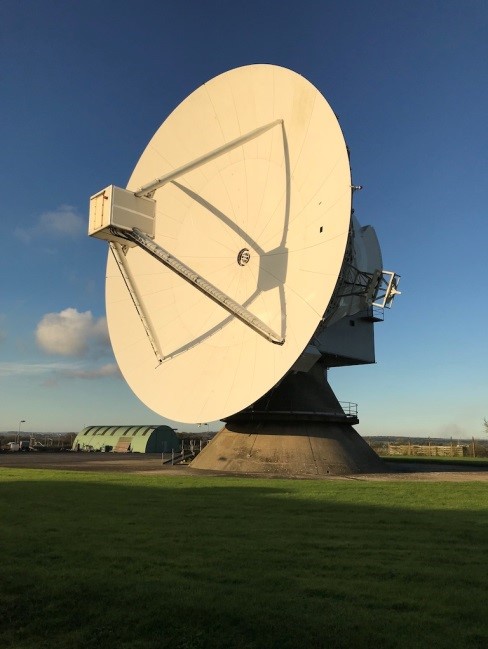At the Chilbolton Observatory, RAL Space provides the research community with sophisticated radar systems for the study of clouds, rainfall and boundary-layer processes.
 High-resolution atmospheric radars can probe processes on scales below those of numerical weather and climate model grids. To represent clouds in models demands an understanding of what governs their formation, evolution and dissipation. Similarly, the parameterization of convection requires observations of cloud-scale processes. Ground based remote sensing with radar instruments helps address these needs.
High-resolution atmospheric radars can probe processes on scales below those of numerical weather and climate model grids. To represent clouds in models demands an understanding of what governs their formation, evolution and dissipation. Similarly, the parameterization of convection requires observations of cloud-scale processes. Ground based remote sensing with radar instruments helps address these needs.
In partnership with NERC and the National Centre for Atmospheric Science (NCAS), the Chilbolton Atmospheric Observatory (CAO) serves the university and wider research community with a unique combination of dual-polarisation Doppler radars across a decade of frequencies (3GHz to 94GHz), enabling detailed studies of the microphysics of cloud and precipitation. The 3-GHz radar CAMRa is used to study developing convective storm cells, leading to a better understanding of hazards such as heavy rain and high winds. Such capability complements and enhances in-situ observations from airborne platforms such as NERC's Facility for Airborne Atmospheric Measurement (FAAM), and coordinated joint measurement campaigns are often undertaken.
RAL Space provides the expertise in radar systems design and operation that underpins this atmospheric science programme. We also provide radio frequency engineering support for mobile Ka- and X-band radar systems that are deployed on field campaigns, both in the UK and abroad.
The Chilbolton 25-m antenna provides a very narrow (0.27 degree) beam for the 3-GHz meteorological Chilbolton Advanced Meteorological Radar (CAMRa)
